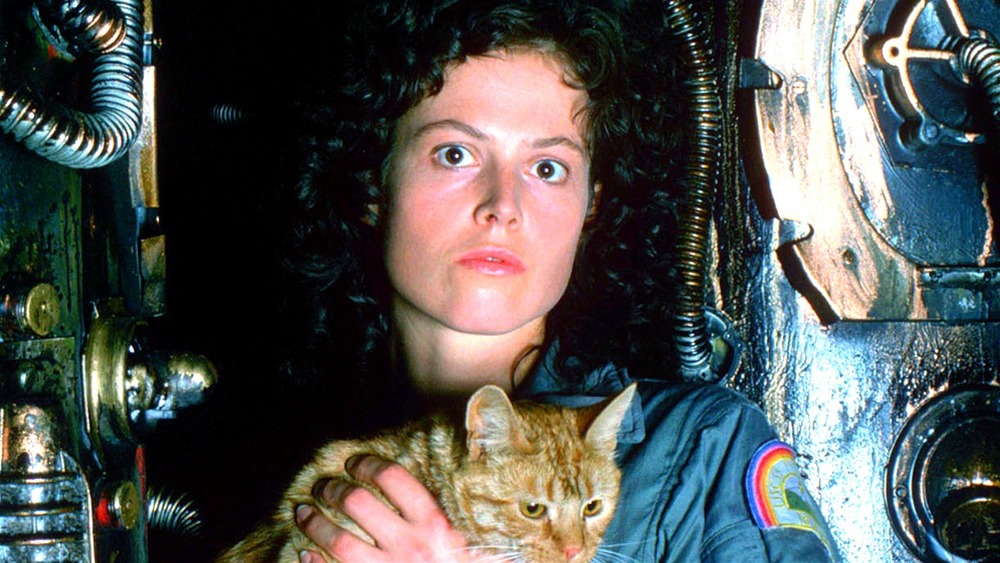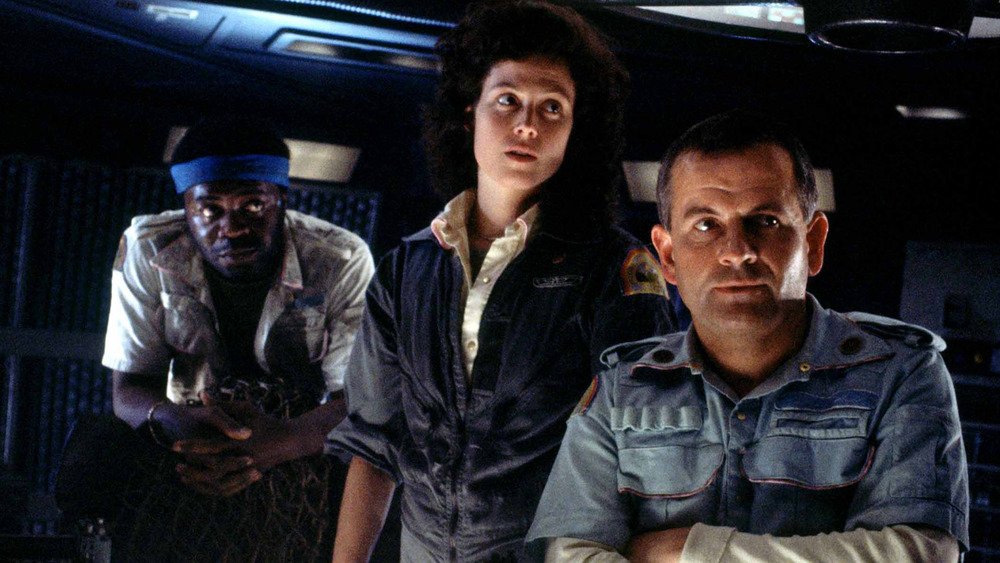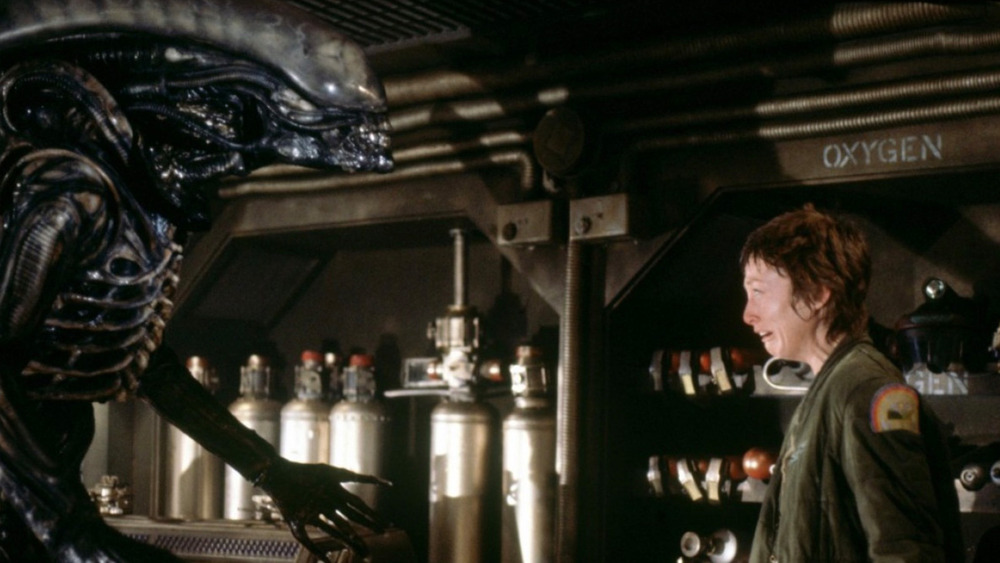The Ending Of Alien (1979) Explained
Alien still holds up as one of the greatest horror and science fiction films ever made. The story is a straightforward "haunted house in space" setup: a crew of deep-space miners is woken up from hypersleep to investigate a mysterious distress signal. One of them unwittingly becomes the host of an unknown alien species, the "xenomorph." After the xenomorph kills its host, it hunts down the crew one by one until the lone survivor, Ellen Ripley (Sigourney Weaver), barely manages to kill it.
Critics and scholars have spent the last four decades-plus analyzing why Alien is such a classic. On one level, it's just a really effective horror movie that follows the traditional rules of suspense: it takes its time establishing up the world and the characters before the mayhem starts. The alien doesn't appear onscreen until well into the film, which amps up the anticipation for its arrival. Not to mention, the alien is almost unstoppable compared with the human crewmembers, which makes their situation seem that much more hopeless. And Alien is so effective that it also established its own tropes for future movies to rip off borrow.
But don't believe director Ridley Scott when he says he only wanted Alien to be an "unpretentious, riveting thriller, like Psycho or Rosemary's Baby" (via The Independent) It's also a science fiction film with a lot to say about humanity and its place in the universe.
In Alien, humans are our own worst enemy
In the end, Ripley does manage to blast the xenomorph into space with the exhaust from her escape shuttle. But it's not really a moment of triumph, because Ripley's entire ordeal probably could have been avoided.
It all goes back to the reason why the crew of the Nostromo encountered the xenomorph in the first place. The ship's computer woke them up and told them about an incoming distress signal. But that's not entirely true. Eventually, the crew realizes the distress signal was actually a warning to stay away.
Did the computer make a mistake? Not likely. Later, crewmember Ash reveals himself to be an android with secret orders from the crew's employer, the Weyland-Yutani corporation. Ash's mission is to ensure the xenomorph returns to Earth alive, where it can be studied and monetized. Whatever happens to the crew is acceptable. It's implied that the company knew about the xenomorph's danger all along, and the ship's computer deliberately misrepresented the distress signal to deceive the crew. But even if the Nostromo found the xenomorph by accident, Weyland-Yutani was more than willing to sacrifice the crew for money. Alien wasn't the first movie to say that human greed is the real source of all our problems, but it definitely helped establish the "evil corporation" trope that many future horror movies would rely on — including later movies in the Alien franchise. In Aliens, Weyland-Yutani representative Carter Burke (Paul Reiser) put the crew of the Sulaco in the same deadly situation for the same reason.
But even though greed is the real enemy, Alien's ending is still a bit hopeful.
But also in Alien ... humans are our best asset
While greed might be the "real" villain, the xenomorph is still plenty dangerous. It's bigger, stronger, and faster than the crew, and has heightened senses. Its body is covered in natural protective armor, and its tail can impale humans. Even injuring the xenomorph is dangerous because its blood is literally acid. The humans are no match for the xenomorph in a fight, and it's not even fully grown.
But it's still not as hopeless as it seems. Humans survived life on a planet filled with deadly predators by using their ingenuity, developing techniques to outsmart those predators, and weapons to defeat them. Just like her ancestors, Ripley uses her ingenuity to defeat the xenomorph. When Ripley realizes the xenomorph has snuck onto her escape shuttle, she comes up with a plan to put on a space suit and open the shuttle's airlock to blast it into space. When the xenomorph clings to the outside of the shuttle, Ripley uses the combination of a grappling hook and the shuttle's exhaust to finish it off once and for all.
Humans might not have scales or claws or stabby tails, but we can still get the job done if we have the right tools. As long as our greed doesn't get in the way.


